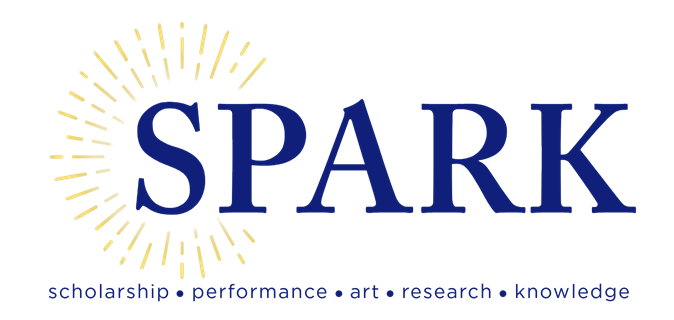
[Archive] Belmont University Research Symposium (BURS)
Publication Date
Spring 4-21-2022
College
Sciences and Mathematics, College of
Department
Psychological Science, Department of
BURS Faculty Advisor
Dr. Carole Scherling
Presentation Type
Oral Presentation
Abstract
Unconscious emotional facial priming may affect subsequent actions, thoughts, and feelings in individuals (LeMoult et al., 2012). Previous work has shown that positive and negative emotional priming leads to subsequent judgments of neutral faces as positive and negative, respectively (Fazio et al., 1986). Further, emotional engagement levels of approach (ex. happiness, anger) and withdrawal (ex: sadness) elicit different affective responses (Lang, 1977). The current study subliminally primed participants with a 3x4 image matrix, either presenting 12 positive approach (happy), negative approach (angry), or negative withdrawal (sad) faces for 200 ms. Each matrix was followed by a single neutral face image for emotional rating. Attentional biases were assessed by an Emotional Dot Probe task and a Rosenberg self-esteem scale. Data collection is still ongoing. It is hypothesized that more positive valence, higher approachability, and happy discrete emotion judgements will be observed when primed with positive (happy) matrices compared to negative matrices (angry and sad) as well as when primed with approach emotions (happy and angry) compared to withdrawal ones (sadness). Finally, a larger priming effect is expected on concordant judgements of neutral faces for individuals who score more negatively on measures of attentional bias. The current study’s findings may contribute to emotional-priming literature, offering insight into attentional biases as well as the influence of impersonal and personal involvement when answering questions probing discrete emotions versus valence and approachability judgements.
Recommended Citation
Stephens, Alyssa and Scherling, Carole PhD, "Coming Face-To-Face with the Influence of Priming and Attentional Bias on Perception of Emotional Faces" (2022). [Archive] Belmont University Research Symposium (BURS). 82.
https://repository.belmont.edu/burs/82


